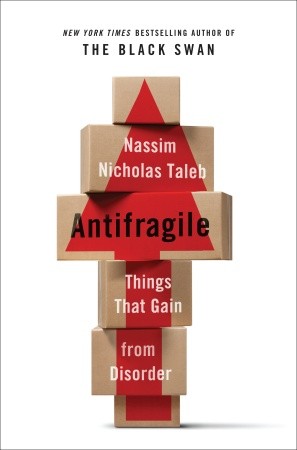When trying to get waterfall teams and organizations to move to a more Agile development methodology there are two training strategies – philosophy and practice.
The philosophical approach relies on teaching the history of software development and the philosophy behind Agile – the manifesto and principles. This approach assumes that as long as one is equipped with the proper overriding principles then one will be able to make the correct decisions as challenges occur.
The practice strategy relies heavily on training the ceremonies, especially scrum ceremonies like standups, retrospectives, reviews, etc. This approach assumes that if you do the rights things that overtime the reasons for the practices will become apparent.




